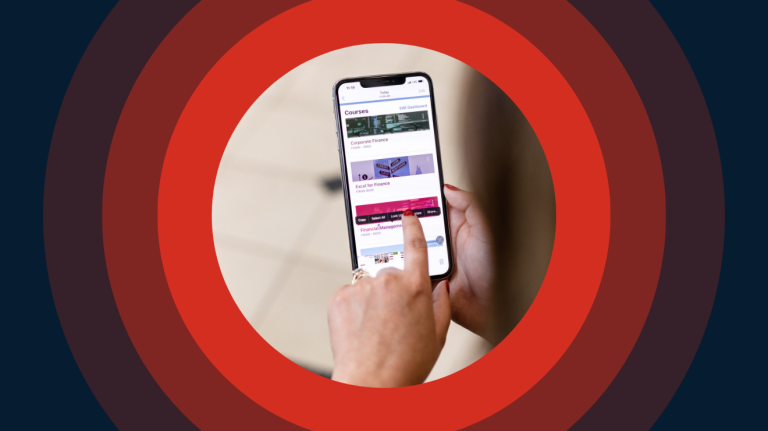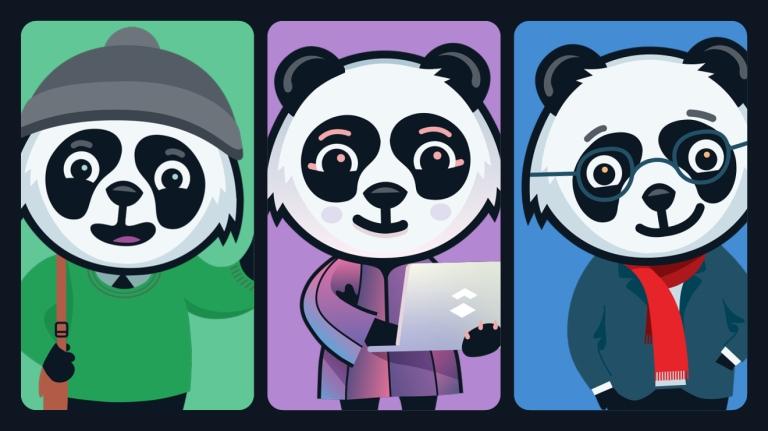Across Asia Pacific, institutions are facing a new kind of pressure. Domestic enrolments are declining in several key markets, and traditional recruitment models aren’t closing the gap. At the same time, expectations around flexibility, mobility, and lifelong access to learning are growing quickly.
In response, many institutions are expanding open and distance learning (ODL) to reach new types of learners and build more sustainable models. That includes working professionals, international learners, and those returning to study later in life. With growing demand for flexibility and new approaches to access, short courses, microcredentials, and transnational education have become core components of institutional strategy.
But broadening your reach also means rethinking your infrastructure. Ask anyone involved in ODL, whether they’re educators, support staff, or learners, and you’ll hear the same thing: the platform matters.
When your learning management system (LMS) is clunky, rigid, or overloaded with plugins, it creates workarounds for everyone. Lecturers spend hours troubleshooting integrations, learners get a different experience in every class, and what should be seamless begins to feel haphazard.
ODL may be growing, but for many institutions, the systems behind it haven’t caught up.
How LMS limitations are holding back flexible delivery
Across the region, institutions are planning for more flexible, scalable delivery. In the Philippines, flexible learning has become the norm across many universities. Malaysian institutions are building out hybrid programs and introducing microcredentials. And in places like Vietnam, Thailand and Australia, providers are balancing in-person delivery with cross-border and remote enrolments.
In theory, these models should be straightforward to support. In practice, many institutions are hitting the same wall—their LMS wasn’t built for ODL.
If your platform can’t manage hybrid delivery, mobile access, or basic integration with essential tools, learning becomes harder than it needs to be. When learners encounter inconsistent experiences across courses or campuses, trust in the system begins to erode.
Institutions are under pressure to reach new types of learners
Across the region, higher education providers are seeing domestic enrolments drop and traditional pathways fragment.
In Australia, public universities enrolled fewer domestic undergraduates in 2023, with overall numbers falling to their lowest point since 2017. Korean institutions continue struggling with long-term demographic shifts that are shrinking applicant pools and leaving places unfilled. And in Hong Kong, changing global conditions have reshaped where and how learners apply, pushing local universities to compete more actively for enrolments.
Hear from Martin Bean CBE, former Vice-Chancellor of RMIT University, on how your LMS should support growth opportunities.
To remain viable, institutions are rethinking who they serve, including working professionals, international learners, and those returning to study later in life. Open and distance learning creates the flexibility to meet this demand, often with lower delivery costs and the ability to serve more diverse learner groups.
It also creates new revenue opportunities. From microcredentials and short courses to lifelong learning initiatives and transnational delivery, ODL enables institutions to diversify their offerings and expand their impact.
But scaling these models requires a platform that can actually support them.
What scalable ODL needs from your LMS
Your LMS shouldn’t require constant manual intervention to support flexible learning. Instead, it should already offer:
- A consistent experience across hybrid, online, and mobile delivery
- Easy integration with assessment tools, SIS, and credentialing systems
- Real-time analytics that help staff support engagement and retention
- Streamlined admin processes that free up time for teaching
Institutions relying on outdated platforms often compensate with custom workarounds and disconnected plugins. This increases technical debt, slows delivery, and creates friction for both staff and learners.
Already know your LMS priorities? Here's how they show up in ODL.
If you've taken the Panda Personality quiz, you already know what matters most to your institution. Here’s how those priorities connect to your platform strategy:
- Pathway Pandas need an LMS that supports transitions, stackable learning, and recognition of prior achievement without requiring manual reconciliation.
- Progress Pandas need flexibility to pilot AI tools, expand hybrid offerings, and support diverse learner needs.
- Process Pandas need a platform that works across teams and tools without constant troubleshooting or data silos.
Canvas supports all three. It’s designed to scale with your goals, not stall them.
Not sure your LMS is keeping up?
If your current platform creates more complexity than it solves, it’s time to take a closer look. Open and distance learning is no longer optional. It is part of how institutions across Asia Pacific are adapting, growing and reaching more learners.
If you already know your Panda Personality, let’s explore how Canvas can help you put your priorities into action.
Still deciding what’s critical for your institution? Take the quiz to find out where to focus first.




